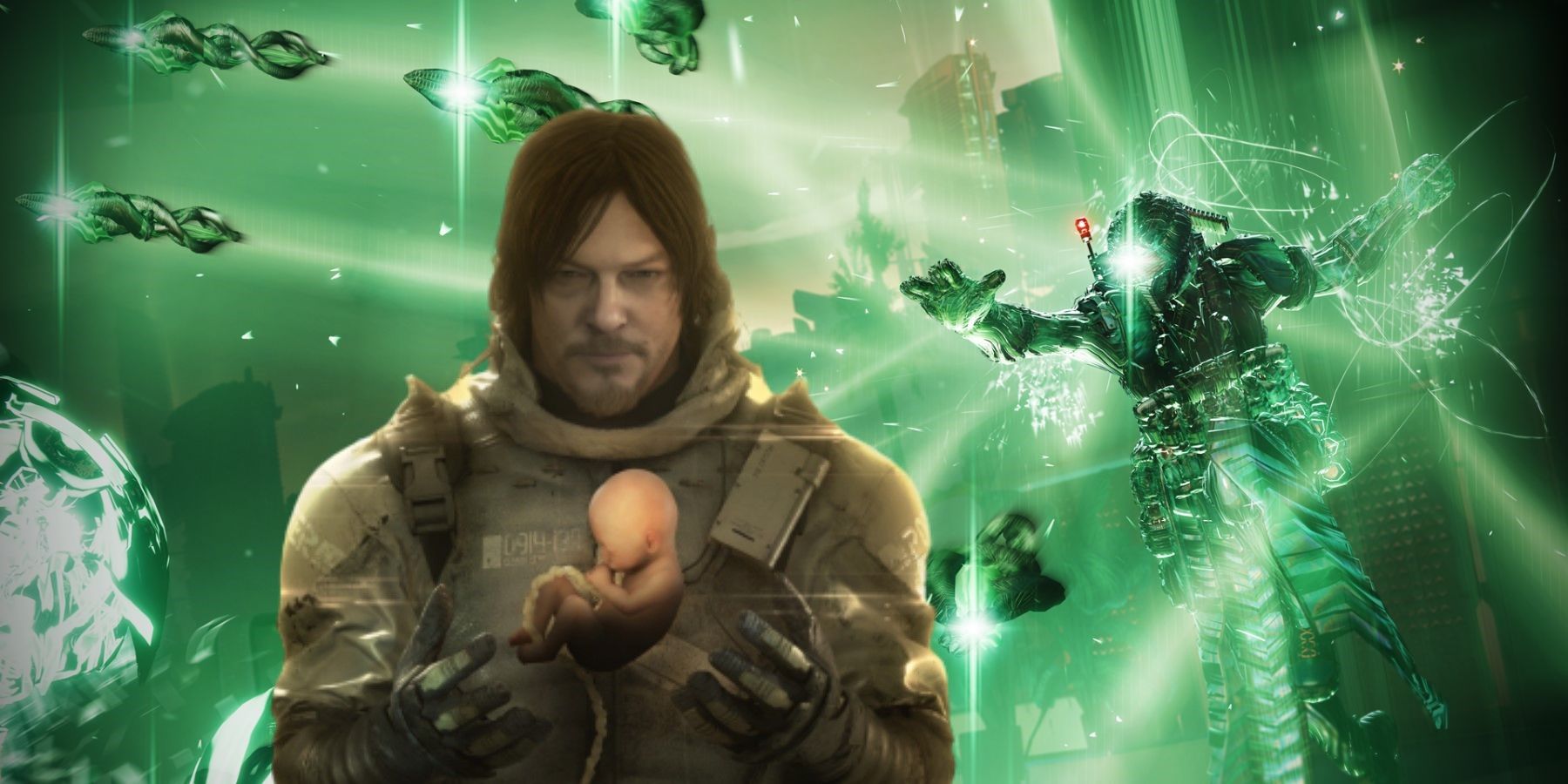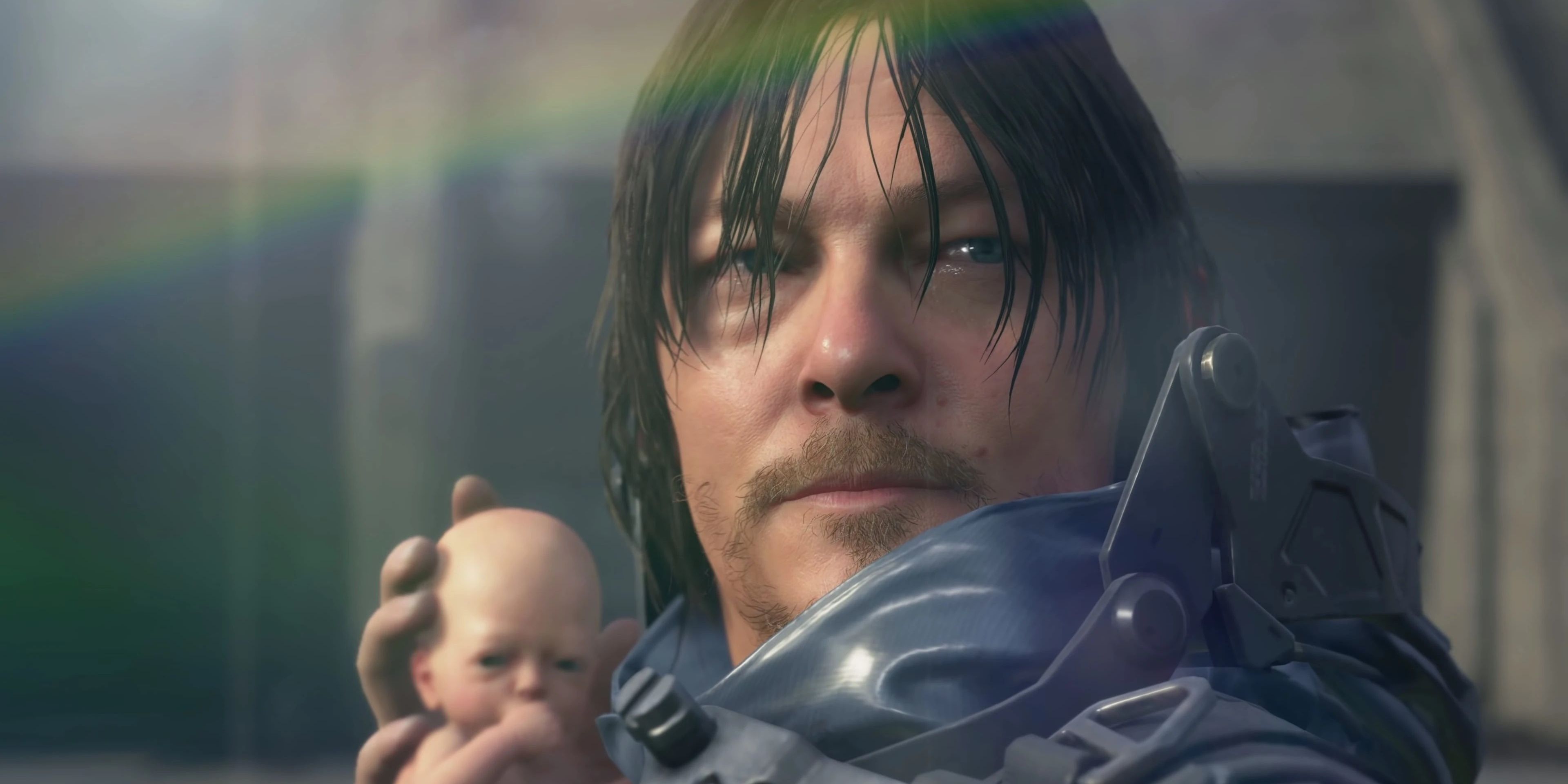Bungie's August showcase ended up being similar to last year's event celebrating the company's 30th anniversary with the reveal of Destiny 2's The Witch Queen expansion, this time talking about what Lightfall is all about. Lightfall will be Destiny 2's penultimate expansion when it comes to the Light and Darkness saga, which will conclude in 2024 with The Final Shape. One of the things that excited fans the most about Lightfall is Strand, a new Darkness subclass that players will be taught by an entirely new race called Could Striders.
Strand is all about traversal abilities and moving freely in one's surroundings by tapping into what Bungie developers called the "cosmic web," which connects everything. Lightfall's Strand allows Destiny 2 players to use a grappling hook-like ability that can be attached on any surface and at any given time, and that's precisely what the aforementioned cosmic web is all about - allowing Strand users to weave anything into reality all the time. Because of these reasons, Lightfall's Strand has an obvious connection with Death Stranding, and while that is an entirely different game, these similarities are just scratching the surface.
Why Destiny 2's Strand and Death Stranding Are Connected
Destiny 2's new Strand subclasses are inherently based on movement, which is a juxtaposition to Stasis being all about locking enemies in place by slowing and freezing them. This focus on traversal abilities is an interesting take on Destiny 2's upcoming expansion, and it poses the question of how intertwined Strand's cosmic web and Death Stranding's plot can be. Names aside, much like the new Darkness subclass' themes, Death Stranding's protagonist is always on the move. Sam Porter Bridges is a courier whose job is to deliver supplies to human colonies known as "Knot Cities," and reconnect them through a communications network.
Strand takes pieces of reality to weave them together and connect the user to their surroundings just like Death Stranding's main character allows Knot Cities to be entwined with each other once more, repairing a lost connection. The themes of connection are even stronger when one considers that Death Stranding's premise is that the world of the dead and the living are now connected, causing the appearance of the so-called Beached Things (BTs). Yet, Sam suffers from haphephobia, the intense fear of being touched, which makes him disconnected from the world of the living and from society.
The link between Destiny 2's Strand, Death Stranding, and the concept of movement in games is all the more interesting when one considers that Death Stranding is based on cetacean stranding. Cetacean stranding occurs when aquatic mammals are stuck on the shore and can't get back to the sea if not assisted, thus embodying the lack of movement. This is interesting because both Destiny 2's upcoming subclass and Sam in Death Stranding avoid being stranded and use all means necessary to stay motile.
Not much is known about Lightfall other than the appearance of the Cloud Striders in Neomuna, as well as their conflict with The Witness over a powerful artifact, but the Darkness as a force in Destiny 2 is often associated with death. This is because Darkness usually means believing in the so-called Sword Logic, which means every being who has enough power and skill to survive will do so and prevail over all else until something more powerful annihilates it. Similarly, Death Stranding is about the end of all life on Earth and the struggle between the living and the dead. While the link between Strand and Death Stranding might not be intentional, there is a lot more than one might expect between the two games.
Destiny 2 is available now for PC, PS4, PS5, Stadia, Xbox One, and Xbox Series X/S.


